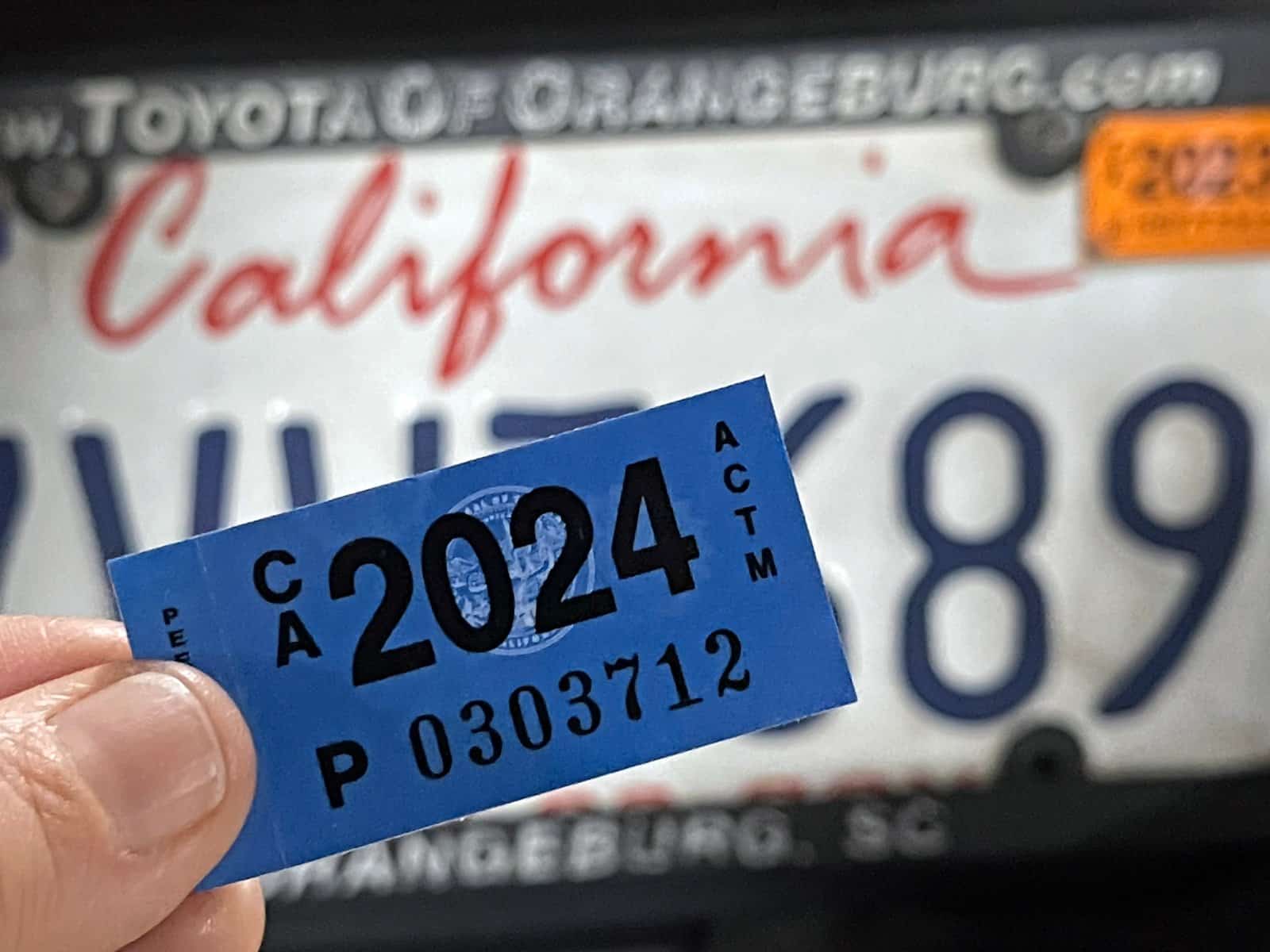Imagine taking your EV (Electric Vehicle) to the charging station only to realize the cable has been snapped in half. Or to find the entire station offline? You need power for your vehicle; what now? As cable theft rises, EV car owners and charge station investors face another challenge.
No Charging Your Vehicle

As annoying as that sounds, this is the sheer reality for many American EV owners. Thieves have now resorted to stealing the charge station cables for the valuable copper.
Caught on Camera

A charging station based in Detroit, which is in full view of surveillance cameras, recently experienced cable theft. Reports state that the camera witnessed men prepared with flashlights and bolt cutters sniping and steeling the charging station cables. The theft only took place in under three minutes.
Why the Charging Cables?

Inside the charging cables is copper wire. Copper is a conductor of electricity and a crucial part of why the cable can transfer electricity. Thieves are making money off the copper concealed inside the cable.
Is Copper Worth Anything?

Commodity.com says copper is worth $4.51 per pound (0.45kg). Research by IDTechEx reported that the demand for copper will increase in years to come because of the requirements for the production of EV cars.
How Much Copper Is Needed?

IDTechEx reports show an internal copper combustion engine uses about 23kg copper (50 pounds). HEV (Hybrid Electric Vehicles) uses 40kg (88 pounds) of copper, and PHEV (Plug-in Hybrids) uses 60kg (132 pounds) of copper. A BEV (Battery Electric Vehicle) 83kg (182pounds) of copper, an Ebus HEV (Hybrid Electric Bus) 89kg (196 pounds) of copper, and an Ebus BEV (Battery Powered Electric Bus) uses between 224-369kg (493-813 pounds) of copper.
The Demand for Copper: The Future Is Set To Increase Massively

IDTechEx also said that the demand for copper is estimated to grow from 185,000 tonnes in 2017 to 1.74 million tonnes in 2027. The outlook for the number of electric vehicles, including HEVs, PHEVs, and BEVs, is said to increase to 27 million by 2027.
Increase Demand for Copper Allowing Criminals To Cash In More

The demand for copper and its growing value are causing criminals to benefit even more. The higher the copper price rises, the more money criminals potentially earn when their copper is weighed in.
Not Necessarily A Charge

If EV owners encounter a broken charge station, they must search for another to power their vehicles. Many EV owners are now stressed that even when they find the next charge station, they might be unable to charge their vehicle, as thieves can move quickly from one station to the next.
EV Vehicle Manufacturers’ Troubles Continue

Amid the recently imposed EV import tariffs and other challenges the industry faces, charging cable theft has added to the problem. While America aims to convert as many people from carbon to electric, the theft might deter consumers from wanting a PHEV or EV.
Car Manufacturers Invest Billions

With the goal set high to convert more customers to EV use, manufacturers are also setting goals for the number of EVs on the road. As part of their Dare Forward 2030 plan, Stellantis has invested over €50 billion to get 50% electrified passenger vehicles on the streets in Europe and America by 2030.
A Word From a CEO

“….have a future where mobility is accessible to all. We are innovating, driving costs down, and packing the latest technologies in all our vehicles…” Stellantis CEO, Carlos Tavares said.
EV Charge Station Providers

EV charging station providers like Flo and EVgo have stations across the country that have experienced firsthand the impact of cable theft crime. “Vandalism of public charging infrastructure in the Seattle Metro area has unfortunately been increasing in frequency.”
The Theft Is Interrupting Lives

An Uber driver, Roy Manuel, said in an interview with ABC News that the Tesla charge station he usually uses in Houston has also been hit. He worries that he won’t be able to use the station. He also fears that if his vehicle’s battery is too low he won’t reach the next charge station. Instead, he would have to call a tow truck. Inevitably, Manuel would have to spend money on a tow truck and risk losing income
A Way Forward

Law enforcement is working with The Recycled Materials Association (ReMA) to combat this crime. ReMA reports scrap theft alerts, which help the public be on the lookout and report suspicious activities. The police are reportedly investigating and trying to track down the suspects in the surveillance footage.
23 Steep Taxes Adding to California Residents’ Burden

California: a place of sunshine, innovation, and, unfortunately, some of the nation’s highest taxes. From LA’s beaches to Silicon Valley’s tech hubs, residents grapple with a maze of state taxes. Here’s a glance at 23 taxes that might surprise both Californians and outsiders. 23 Steep Taxes Adding to California Residents’ Burden
Cash in on Nostalgia: 21 Toys Now Worth a Fortune

Time to dust off the boxes and find that once-cherished toy from your childhood. For collectors and enthusiasts, these items have become valued objects, and they can be worth big bucks – are there any of these in your attic? Cash in on Nostalgia: 21 Toys Now Worth a Fortune
Millennials Don’t Buy These 19 Products Anymore

Millennials are changing consumer habits, quietly replacing once-staple products and traditions. Often criticized for their disruptive preferences, this generation is reshaping the marketplace with digital expertise, ethical buying, and a taste for the unconventional. Millennials Don’t Buy These 19 Products Anymore
Featured Image Credit: Shutterstock / Kikujiarm.
The content of this article is for informational purposes only and does not constitute or replace professional financial advice.
